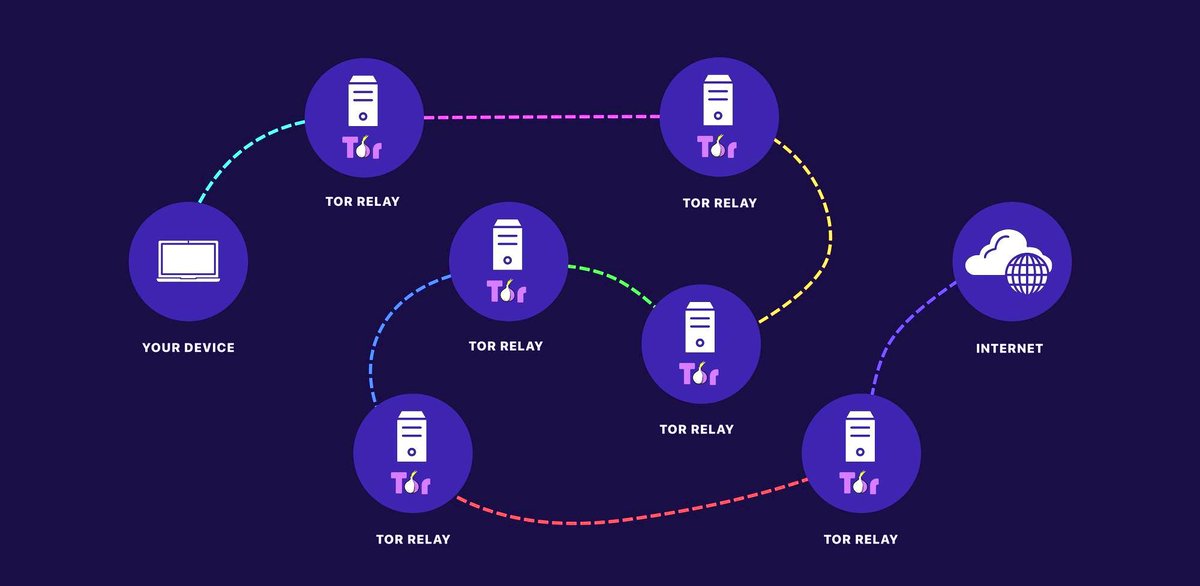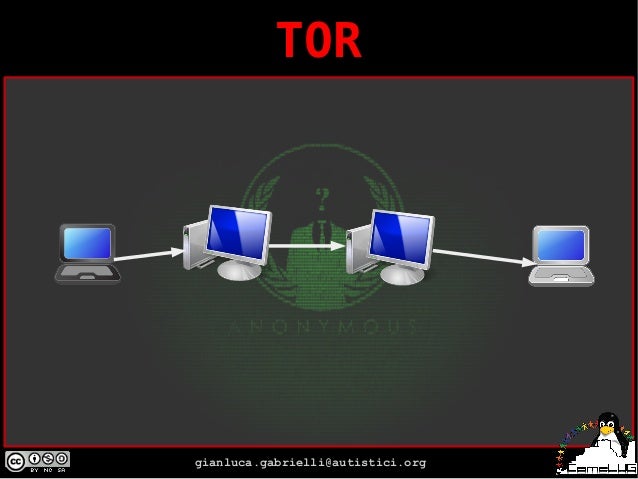
A study from 2020 shows that merely 6.7% of the Tor network users visit Dark Web sites (aka Hidden Services) that are primarily used for illicit purposes. There is an urban legend that Tor is used only by people who want to access illicit content, buy illegal drugs, or generally by criminals. To be exhaustive, the real meaning of the Dark Net is IP network space which is not advertised over BGP, meaning it is not "lit up" or not functional and is heavily used by advanced information security researchers to glean what's happening on the Internet.įirst, let's see who is using Tor and what its applications are. This term is also confused with the term Dark Net, and colloquially they are used interchangeably. Occasionally, although incorrectly, the term Dark Web refers to websites usually accessible over the Internet but having a closed membership. Wikipedia maintains a somewhat outdated list. This presence is particularly true for news outlets, pro-privacy, social media, and human rights sites. Many companies with sizeable Clear Web presence also have Dark Web entry points. The websites provided on the Dark Web are called Hidden Services and have addresses like this:, which is the Dark Web address of a site known as New York Times on the Clear Web. And while there is no need for a particular term, this one is chosen to oppose the publicly accessible Internet content, and the one offered on Tor, aka the Dark Web, which generally refers to websites in the Tor network. What are the Clear Web, Dark Web, and Hidden Services?Ĭlear Web is what we usually call the Internet. But before we do, let's explain some of the terminologies.

Sounds confusing? I bet! Now let's unwind this.

Depending on the type of connection, there may be three or six intermediate nodes. Each layer is a Tor node connected to only two adjacent nodes and does not know anything about the rest part of the connection. Similarly, in the Tor network, each connection goes through several layers. Its structure resembles the layers of an onion where only two adjacent layers touch each other.

The blog post is divided into three sections - one covering Tor and its use, another focusing on the technical implementation and how the Tor network functions, and the final one covering Tor browser setup. This blog post will explain what Tor is and how it works.

Is that an effort to fight online crime and illegal content, or is there something deeper? Spoiler alert - I won't give you a conspiratorial answer, but instead, I'll give you more information so that you can make your conclusion. In early December, Radio Free Europe reported that Russia blocked the Tor service.


 0 kommentar(er)
0 kommentar(er)
